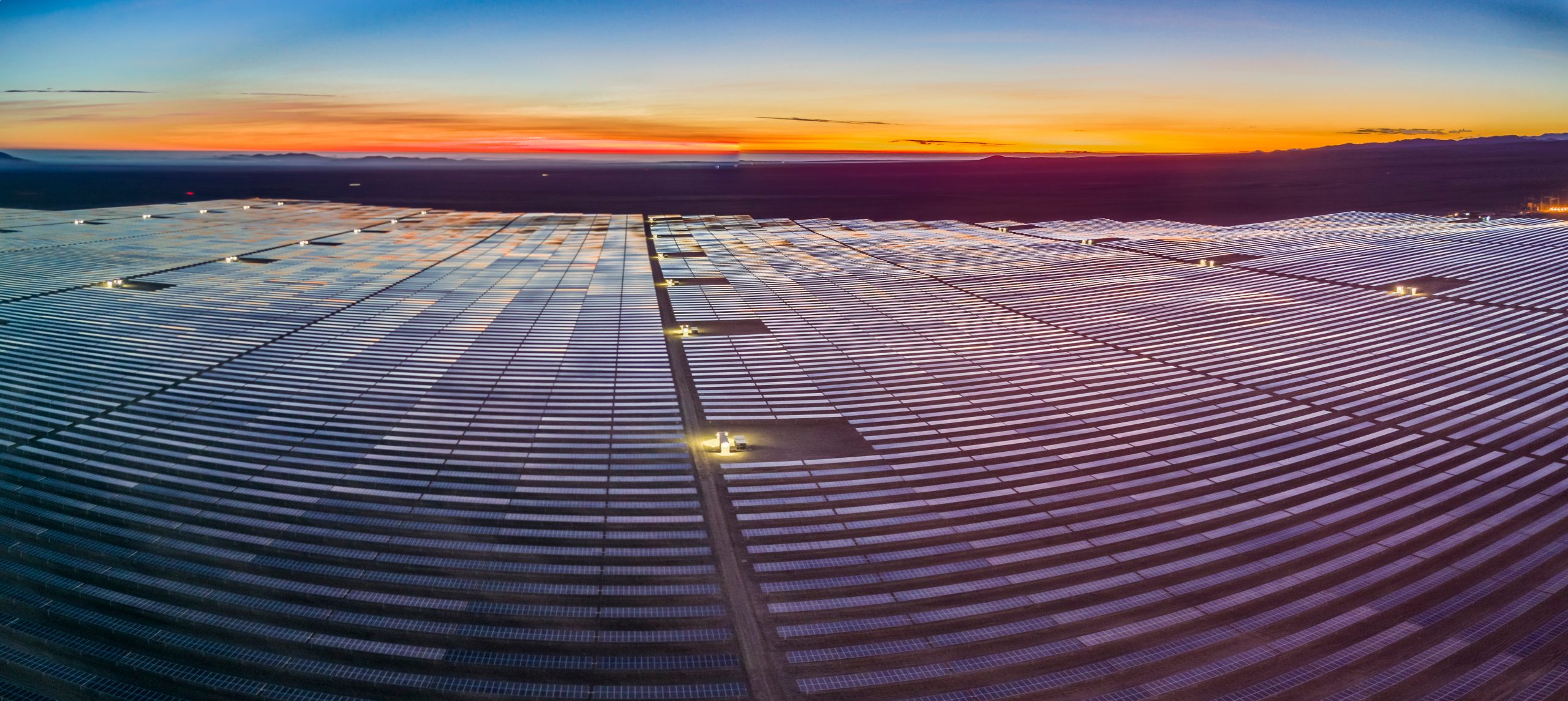Green energy development seeks to create a sustainable, clean planet but must not compromise on CO₂ emissions or ecological damage in the rush to expand capacity. Renewable energy must continuously prove its low-carbon efficacy, protect biodiversity, and harmonize with industries like agriculture. Achieving this requires committed investments in technical innovation and transparent, traceable manufacturing from industry, business, and policymakers.
Achieving zero CO₂ emissions by 2050 implies much more than producing clean energy. We all agree on the importance of building renewable energy power plants to generate electricity using clean and natural resources, but not at any expense. The manufacturing processes must be completely transparent, and installations must preserve the existing biodiversity where they will operate for around 30 years.
023 ended with exciting news: the COP28 United Nations Climate Change Conference, held in Dubai, led to a significant joint agreement to triple renewable energy capacity by 2030, which would result in an even faster growth in renewable energy within the next five years. With this opportunity in mind, renewable energy professionals focus on the latest news on energy growth and opportunities, product demand, price fluctuation, and technology innovation.
Countries established goals on clean energy capacity aligned with cross-national policies. Politicians claim to include energy transition plans in their election campaigns and define goals aligned with cross-country policies.



























